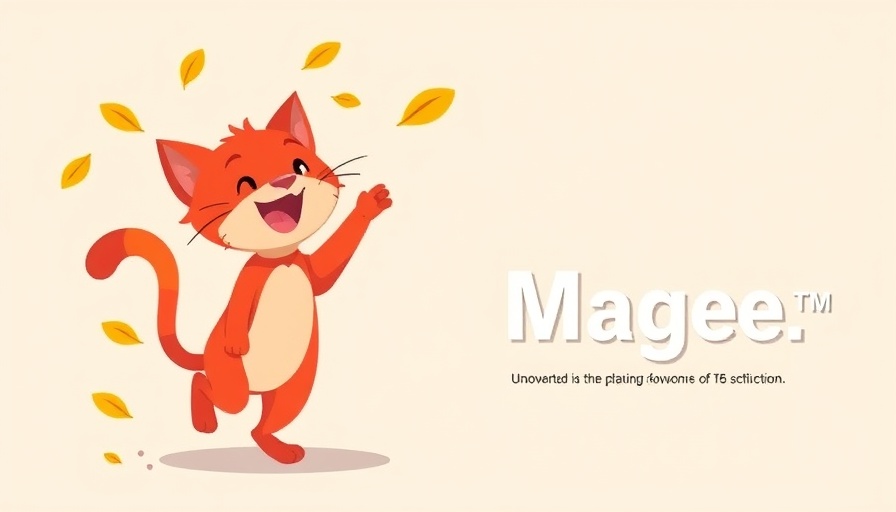
Unleashing the Charm of Animation in Web Design
In an age where web aesthetics are often dominated by sleek, minimalist designs, it can be refreshing to draw inspiration from the playful, spirited world of classic cartoons. Directly correlating with the principles of modern CSS, the techniques pioneered by early animators are not only nostalgic but also serve as pragmatic tools for web designers today. By integrating these methods into our web projects, we can create experiences that are not only visually compelling but also user-friendly and engaging.
The Artistic Limitations of Classic Animation
Take a moment to consider how early animations—particularly those by Hanna-Barbera—crafted their memorable characters and scenes. With limited budgets and technology in the mid-20th century, these creators often had to think outside the box. They ingeniously manipulated a few frames to convey smooth motion and utilized repeated images judiciously to convey action. These constraints weren’t obstacles; rather, they nurtured a distinctive animation style that resonated with audiences. The same principles can be applied when using CSS, where developers can reuse and repurpose elements skillfully to breathe life into their designs.
Bringing Characters to Life with CSS
Much like traditional animators, web designers can employ CSS to animate characters and elements on a website, crafting narratives that engage users the same way cartoons hooked viewers. For instance, the :hover pseudo-class initiates a simple transition that invites interaction, while advanced techniques such as @keyframes allow developers to tie animations to user behavior, creating a uniquely interactive experience.
Why Animation Matters in Today's Design
In our fast-paced digital landscape, websites are often vying for attention despite the vast number of options users can choose from. Engaging animations can drastically improve user experience by adding a layer of excitement and clarity. Subtle animations can guide users through processes, highlight important information, and more importantly, make their journey delightful. Much like a well-timed cartoon gag, these elements can lend a memorable quality to web interactions, bolstering brand engagement.
Case Study: Mike Worth's Website
Recently, I had the pleasure of collaborating with Emmy-award-winning composer Mike Worth on his new site. The design echoes the vivid animations of the Duck Tales and Hanna-Barbera classics, showcasing Mike's composition work through dynamic CSS. Our aim was not just to design a site but to create an engaging platform that reflected Mike's passion for animation, captivating visitors from the moment they click onto the page. Through careful integration of animations, we delivered a web experience that celebrates nostalgia while leveraging modern design capabilities.
Transform Your Site: Actionable Tips to Spark Animation
Ready to channel your inner animator? Here are a few actionable tips for WordPress users looking to instill animation into their designs:
- Keep It Simple: Start small with hover effects and gradually introduce more complex animations as you become comfortable.
- Prioritize Usability: Ensure that animations enhance the user experience rather than complicate it. Test them with real users!
- Tool Up: Leverage tools and libraries like Animate.css, which can help you implement pre-designed animations effectively.
By adopting these principles, we not only embrace a nostalgic art form but also enhance the functionality and creativity of our modern web designs.
Conclusion: Your Animation Journey Awaits
As we dive deeper into the intersection of classic animation and modern web design, it's clear that there’s immense potential for innovation. Don’t shy away from experimenting with animation; let it enrich your WordPress journeys. Take the inspiration from these timeless techniques and start bringing your website to life today! Join the conversation and share your animation stories below.
 Add Row
Add Row  Add
Add 




 Add Row
Add Row  Add
Add 

Write A Comment